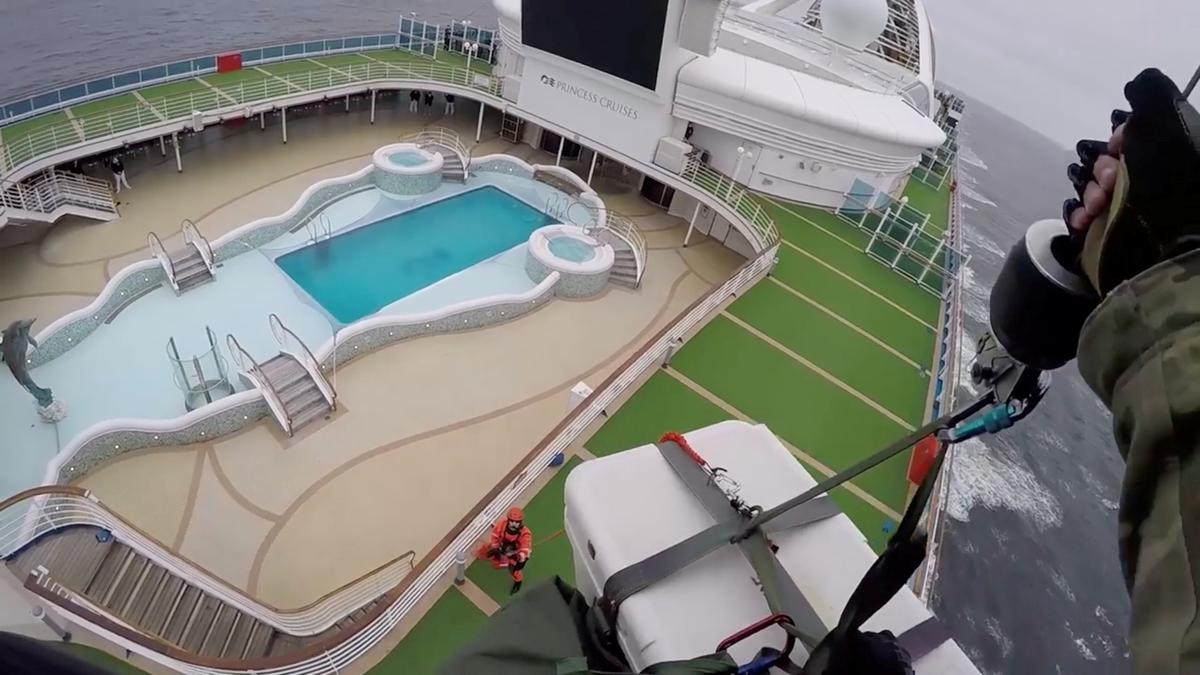(Reuters) – First, the food buffet was shut down as gloved staff scurried about wiping every surface in sight. Then the ocean liner’s gym, bar, casino and boutiques were closed, with passengers urged to keep to themselves. Finally, they were confined to their staterooms.
Once the captain announced their vessel may be tainted with coronavirus, Grand Princess cruise ship guests like Kathleen Reid were left with little to do but contemplate the prospect of extended isolation at sea, or worse.
“My first reaction was, ‘Oh, crap. We’re going to be quarantined, and maybe get sick,’” Reid, 67, a retiree from Granbury, Texas said. “We don’t know what’s happening, so we’re just kind of in limbo, waiting.”
Reid, who spoke to Reuters by cell phone on Thursday, was one of some 2,300 passengers stuck with about 1,100 crew members aboard the Grand Princess, idled off the coast of California a day after the ship was denied entry to its home port in San Francisco.
Like the Diamond Princess, the liner held in quarantine off Japan last month, the Grand Princess is owned by a unit of Carnival Corp, the world’s largest cruise operator.
Experts have criticized Japanese bureaucrats’ handling of the onboard quarantine, as ultimately about 700 people were infected and six have died in what was at the time the largest concentration of coronavirus cases outside China.
California Governor Gavin Newsom insisted that the Grand Princess remain at sea until passengers and crew complaining of flu-like symptoms during a 15-day roundtrip cruise to Hawaii could be tested for possible coronavirus infection.
On Thursday, the U.S. Coast Guard airlifted a batch of diagnostic kits to the ship via helicop

